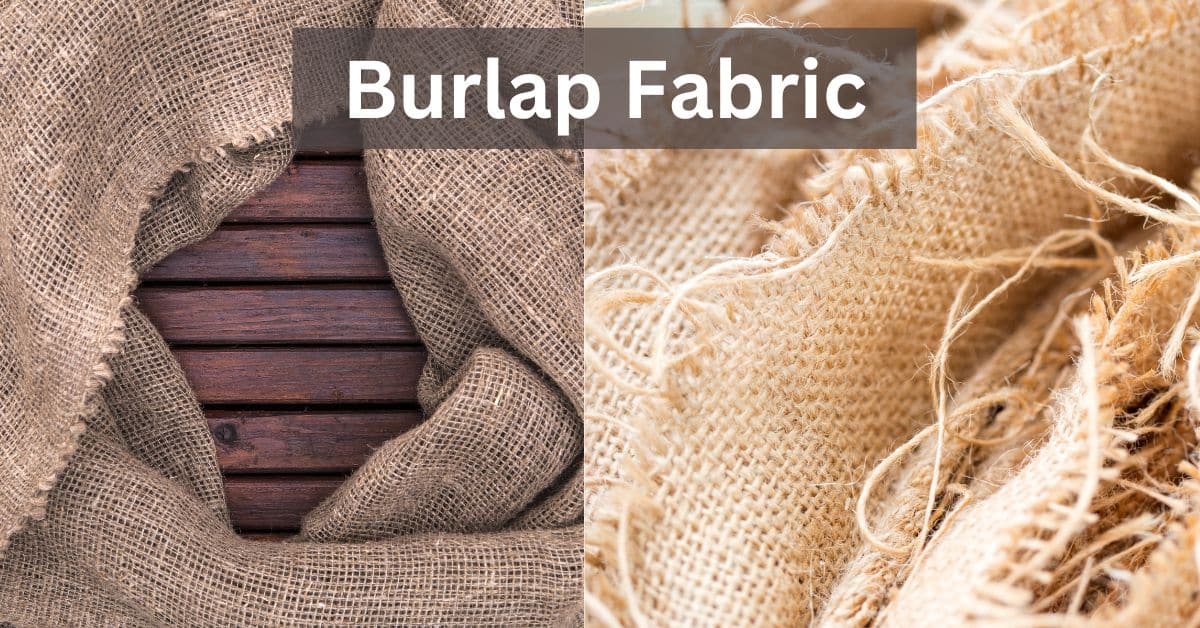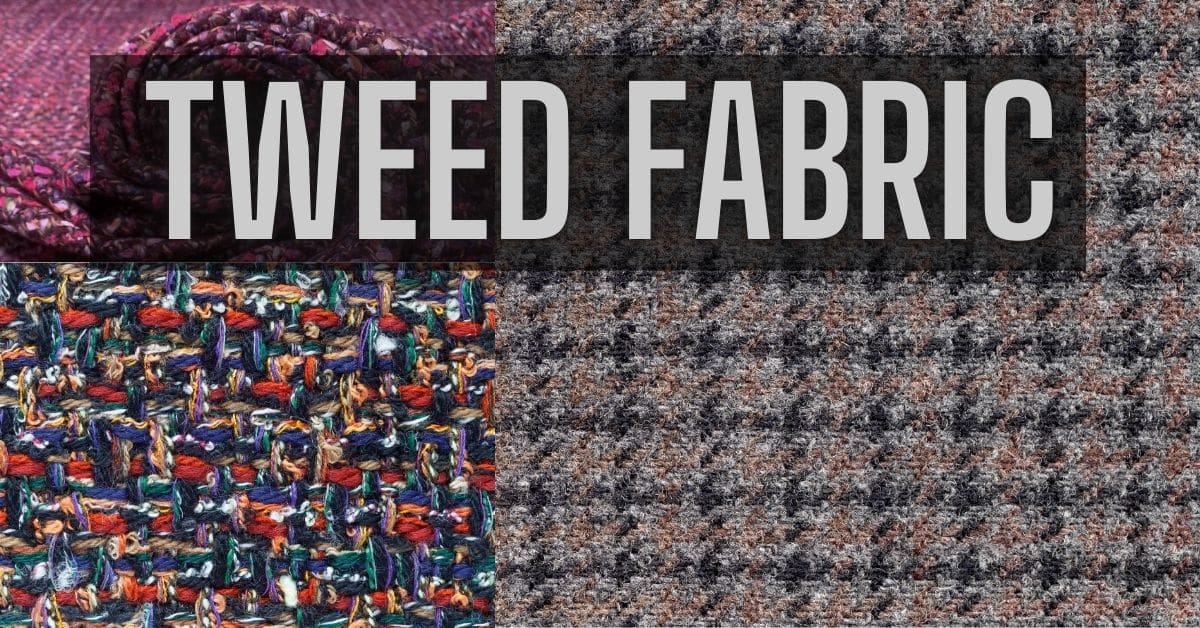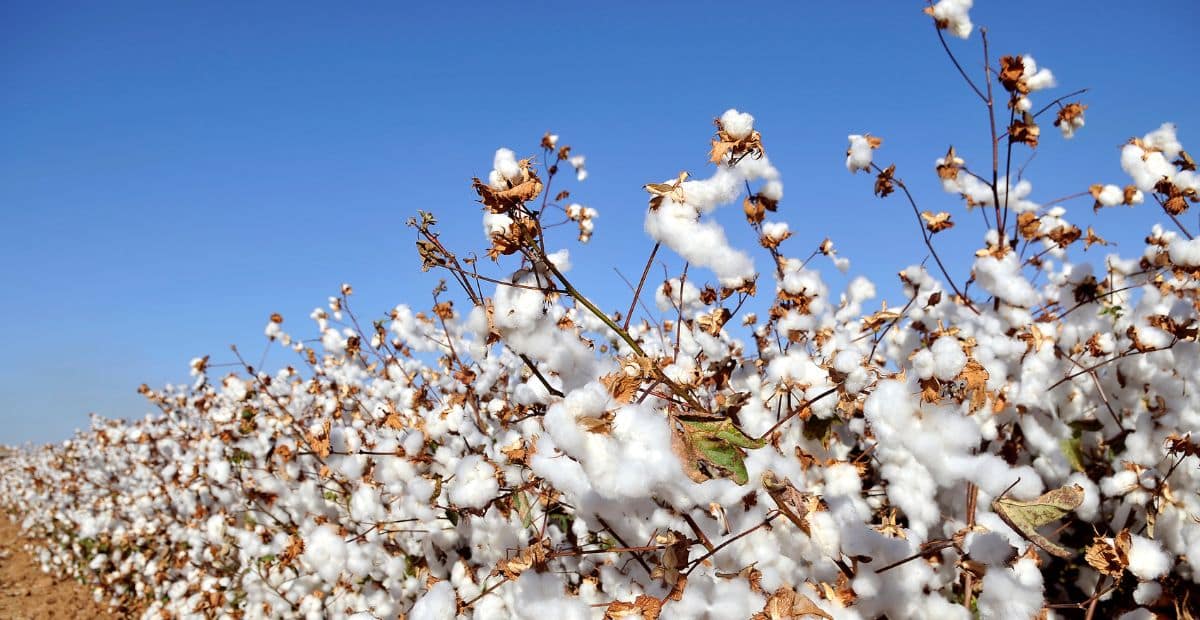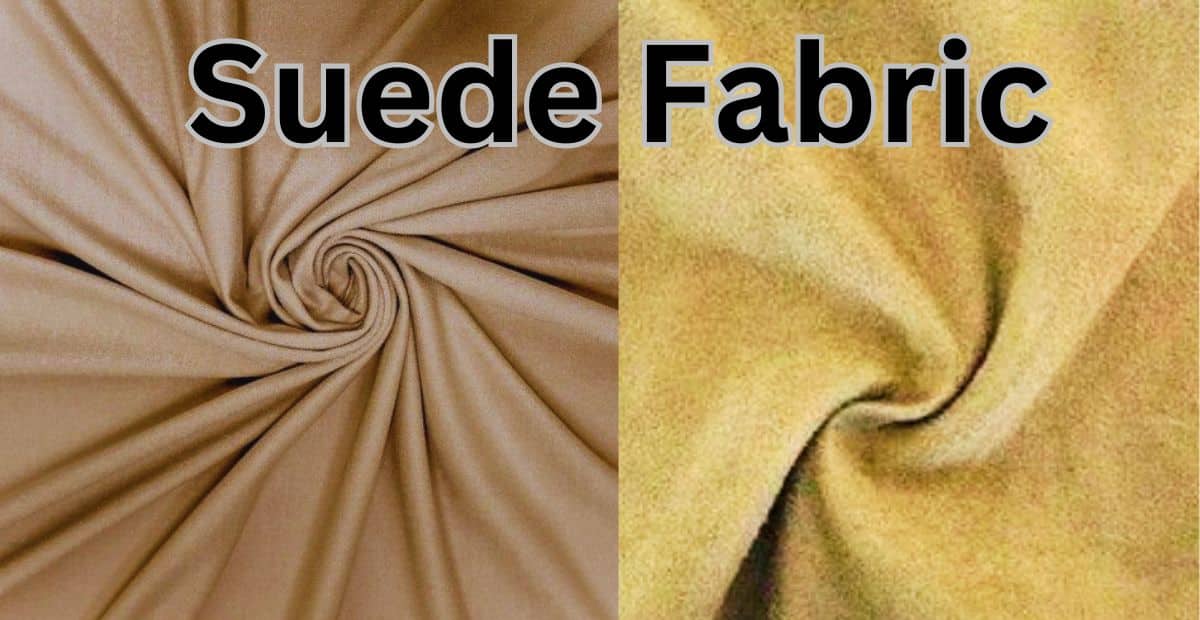Flannel is an age-old classic when it comes to soft, cozy and adaptable fabric they provide. Flannel With its snugly demeanor, this is everybody’s darling: Flannels shirts, jackets and blankets. But what is it about flannel that sets it apart? This article discusses all about flannel fabric, its characteristics, and uses along with the process of making it. Learning about flannel’s properties and how it is made can lead to a deeper appreciation for this fabric, which has been crafted into a timelessly rugged yet comfortable staple. So let’s learn about the history of this favorite fabric.

Introduction to Flannel Fabric
Flannel (wool, cotton or synthetic fibers): A machine-derived fabric with a brushed texture created by running loosely spun threads through cylinders of wire. Flannel, a material that was first developed in Wales through the 17th century glover to help keep farmers and working-class warm against cold climates), at often crafted from carded wool. The makeup has changed along the way but its warm and durable properties have stayed consistent.
The fabric’s softness comes from brushing, which raises fluffy, felted fibers and creates a uniquely comfortable feel. The brushed finish, along with the fibers employed make flannel a tried and true cold weather-apparel (not to mention bedding!) mainstay. Today, flannel is still a valuable fabric for all these reasons and it finds its use in many different industries.
Properties of Flannel Fabric
The utilitarian reputation of flannel is the result of its unique combination of properties that provide for comfort and practicality. The key features that flannel has to offer the world at large are as follows:
Softness and Comfort
Flannel is known for being soft and warm, which makes it perfect to where items made with this fabric will be touching the skin. Brushing takes that softness up a notch by fluffing the fibers for an extremely comfortable, non-itchy texture.
Warmth and Insulation
It has brushed fibers to catch heat and keep it in, creating better insulation which is why many people wear flannel the most when it’s cold out. This natural warmth makes it ideal for both winter clothing and bed linens.
Breathability
Flannel is warm but, because it’s a woven fabric without batting in the textile weave, it still breathes, which means air can circulate and moisture (aka sweat) will wick away from the skin. This breathability is crucial for wear comfort, because especially in clothing this prevents heat stagnation while at the same time insulating.
Durability
One can never go wrong with flannel, no matter the country they belong to. Made from some of the best materials, whether wool or high-quality cotton, these fabrics have consistently proven their value over time. The strong fabric survives aggressive washing and daily usage, something that many people today look for in terms of durable clothing or household textiles.
Moisture-Wicking Abilities
Wool is a great fiber to start with because it absorbs sweat and allows it to evaporate from the body, while still providing insulation. This quality makes flannel the ideal material for casual shirts, sleepwear, and any other type of clothing where comfort is a priority.
Resistant to Wrinkles and Shrinkage
Cotton flannel, especially, is typically napped and sheared to remove any loose fibers. To reduce shrinkage due to washing (after cutting and sewing), the best quality fabric has been preshrunk before being cut out for use). Its resistance to shrinkage and wrinkling make it quite functional; as it’s easy care, cotton will take you many places.

Types of Flannel Fabric
There types of flannel suitable for different uses. Read on to see a few of the most common types.
Cotton Flannel
The most common type is cotton flannel, which consists of brushed cotton fibers. It is the perfect fabric for shirts, pajamas and bedding because of its softness. Made from cotton flannel so it can be machine washed and dried, also gentle on the skin
Wool Flannel
Wool flannel is made from the wool fibers in a high dense fabric that provides great warmth and thus, insulation. It is a heavier weight cloth which makes it so good for things like coats and jackets, but as such is very popular in cold areas because of its durability and heat-retaining capabilities.
Synthetic Flannel
What is more, becoming as a result to synthetic cotton-like polyester fibers being used in its constrution. This kind of flannel is usually lighter, more economical and frequently made use of in inexpensive coverings as well as loungewear. But it may not have the natural warmth and breathability of a good cotton or wool flannel.
Ceylon Flannel
Ceylon flannel: A mix of cotton and wool, ceylon gives you both the softness of a sleeping kitty cat (cotton) with that oh-so-Warm-Granny-in-a-bed-jacket insulating power we all want. Though less favourably well-known than others, it is the ultimate choice in comfort and insulation within cold water.
Baby Flannel
Baby Flannel : It is a light weight soft fabric and it can be often used for making baby shirts, blankets and nappies. This is made of very soft lightweight cotton, designed to be gentle on spit our precious skin.
Printed Flannel
Flannel is printed in various designs, from plaids to adorable prints as shown below and it can be found all over clothing and home decor. There are prints from the traditional tartan print to some playful ones for childrens pajamas.
Making Process of Flannel Fabric
There is a lot of detail involved in the process from selecting materials, weaving methods and finishing details that go into flannel. There are many steps in the creation of flannel, all which play a part in making it so soft cozy and warm.
Fiber Selection
It all starts with selecting the right fibers — be it cotton, wool or synthetics. Different fiber types have unique properties it lends to the fabric that effect its hand, warmth and strength.
Spinning the Fibers
During the selection, from these fibers yarns are created. This final step sees the fibers twisted together to make an unbroken thread. This spinning process not only improves the strength of the fabric but also its consistency, ensuring a long-lasting cloth.
Weaving the Yarn
The first thing is that the fabric will be woven either using a twill or plain weave. • Flannel is usually twill woven with fluff on both sides, whereas tartan may be a simple plain-woven fabric. Flanel berkepadatan twill (lebih tebal dan kokoh) biasanya cocok bagi barang pecah belah, sedangkan flanel polos lebih ringan.
Brushing the Fabric
The fabric is then brushed to create the soft and fuzzy finish that comes with flannel. During brushing, the surface of fabric runs under fine metal brushes that raise and fluff fibers. This process provides flannel with its characteristic softness and also makes it more heat-retentive by creating small air pockets in the material.
Finishing Touches
Last of all, they have their fabric treated in ways that enhance the quality of it such as pre-shrinking which prevents shrinking when washed. Now, dying or printing can take place and be used to add color to the fabric as well — this is why you always see patterns like plaid on flannel. Read more: cashmere fabric.

Uses of Flannel Fabric
So — in the event you’ll pardon thor, Ha-ha – flannel is a horny little piece of fabric enough to square off and also …. Its uses are practically limitless — from apparel and home decor to warmth, comfort, durability.
Clothing and Apparel
Flannel, as you probably are aware of is the same substance that casual and outdoor apparels comprises. It is frequently used to create flannels, a classic closet item. Flannel is quite traditional as an alternative for pajamas, especially in winter (flannelette) because the softness and warmth increase sleep comfort.
Bedding and Linens
In the freezing evenings of winter, these flannel sheets, blanket and pillowcases really come in handy. Another fabric used a lot in the fall and winter is flannel, which holds warmth better than other fabrics making it a popular choice if you bundle up!
Outerwear and Accessories
In general, wool flannel works quite well to make coats, jackets or scarves — ideal for outerwear and accessories because of its insulating qualities. They also like flannel-lined jackets and vests, which provide a light layer of warmth without thickness so anyone can go out in the colder months.
Home Décor
Flannel is commonly used for decorating the household, especially in cool weather. It is often used to create cushion covers, throws and blankets which creates a warm rustic look in the home interior. Our most popular plaid pattern, classic black watch has a place in so many home decor styles from cabin chic to modern farmhouse.
Crafting and DIY Projects
Crafters Love Flannel For its Softness and Workability It is perfect for quilting, sewing projects and used as a backing of baby blankets or toys. Flannel: This material is great for beginning sewists and gives a cozy vibe to any project.
Industrial and Medical Applications
Performance-wise, flannel is achieved in various weight fabric and with varying sizes of yarn for thickness. Flannel finds use within the commercial industry as well as to some extent medical facilities due its ruggedness and absorbent quality wicking away moisture from skin when worn thus giving it a fit-for-purpose purpose place along side other external/internal wear garments such base layers covering sweatsuit items fitness camps clothing etc… For example, in polishing cloths, bandages, or even protective covers for some equipment. Flannel is absorbent and soft, making it a practical choice in diapers;it holds up to body fluids better than other types of fabric used as bed sheets on babies.

Benefits of Flannel Fabric
There are a few different reasons why flannel has widely become the time-tested and often favored fabric of choice. So, here are some of the best benefits:
Warmth and Comfort
Winter Wear and Bedding — Flannel, due to its warmth also softness makes it an ideal choice. It forms a warm barrier from the cold, which is why it’s so good in those frostier climates and times of year.
Easy to Care For
A note on flannel care Flannel — Flannel fabrics like coral fleece and flannelette are both machine washable, making them easy to care for in a standard laundry cycle. This care will help keep the fabric soft and durable; better ensures your flannel lasts as long as you want it to.
Versatile and Stylish
Available in numerous types, colors and patterns flannel is appropriate for many styles. Whether you rocking a rustic plaid or going for something more sleek and solid, there is no way anyone can limit the versatility of flannel.
Cost-Effective
Flannel Compared to Other Materials Flannel is an inexpensive material that provides durability and comfort. This price point makes it available to all, from a DIY crafter right up to clothing manufacturers.
How to Care for and Maintain Flannel Fabrics
To keep flannel looking and playing to its best, you need to take good care of it. How to take good care of your flannel items
Washing
Cold machine wash on gentle cycle for cotton flannel. Wool flannel must be washed by hand or dry cleaned in order to retain the characteristics of its fabric.
Drying
Skip the heat, if you can. The lower it is—the better! Select low-heat tumble dry or air drying to reduce the shrinkage and maintain its softness.
Ironing
In case ironing is required, please do so on a low-heat setting. Insert a cloth in-between the flannel and the iron to avoid direct heat contact, causing harm on fibers.
Storing
Keep flannel in a cool, dry climate. Do not leave it directly in the sun for more than e.g. a few hours, as this can cause colors to bleach and fibers weakenroud over time.
Conclusion
Made From :: Flannel One of the fave amongst homespun textiles is Flannel, it Hydra-headed nature to make an amazing en suite quality out there. This is why flannel has become a country classic, whether it be dressed in clothing; cozy warm blankets or even some home decor that was inspired by this vintage vibe. Flannel, with all its different features to prepare the current trend requirements as well as work wear usage flannels fill the void between comfort and tough lasting material. From its distant origin to the varied applications of such a versatile cloth, flannel has managed to remain in vogue and easiest wear on your eyes. From needing some insulation in the winter or a nice selection for your closet, it is no secret that men need some flannel all year round. Read more: Best fabric for hoodies.
fAQs
Is flannel fabric warm?
Yes, flannel is highly insulating due to its brushed fibers, which trap heat. This makes it ideal for cold weather and items like winter pajamas and bed linens.
Can flannel be worn year-round?
While flannel is typically associated with colder months, lightweight cotton flannel can be worn year-round. It’s breathable enough for mild weather and can be layered for extra warmth.
Does flannel shrink when washed?
Flannel can shrink if washed in hot water or dried at high heat. Pre-shrunk flannel is less likely to shrink, but washing in cold water and drying on low heat helps maintain its size and shape.















